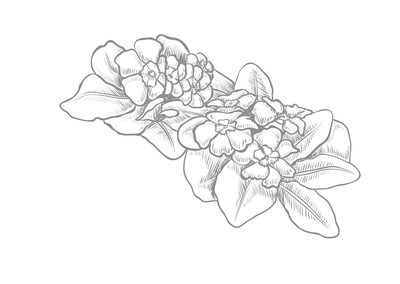Description
Lesser Spearwort is also known as greater creeping spearwort or banewort. Grows in marshy ground such as peat bogs, wet shallow water ditches and the margins of ponds, lakes and rivers. The plant protect themselves against predators with toxins that irritate the skin and mucous membrane. A good British native plant, Ranunculus flammula blooms May to June with typical buttercup yellow flowers.










